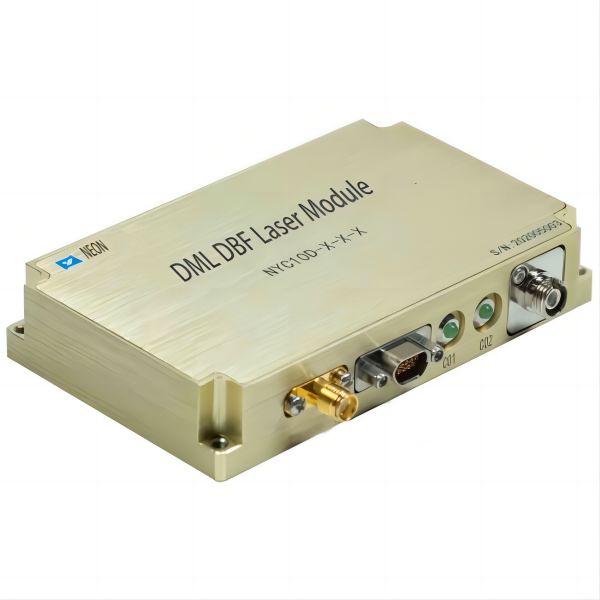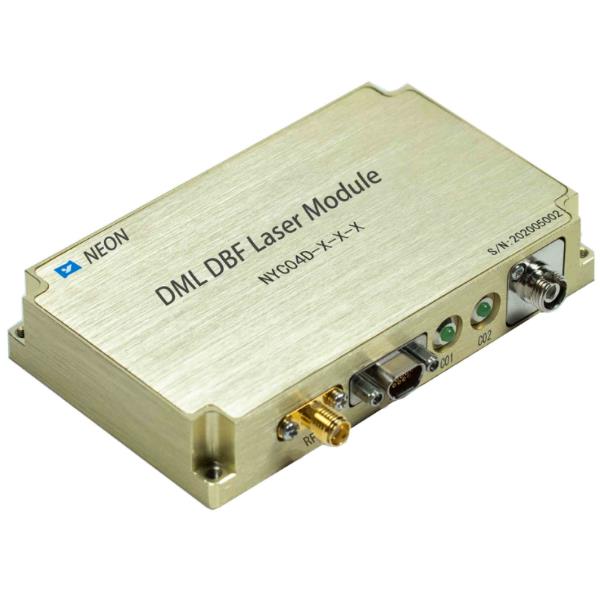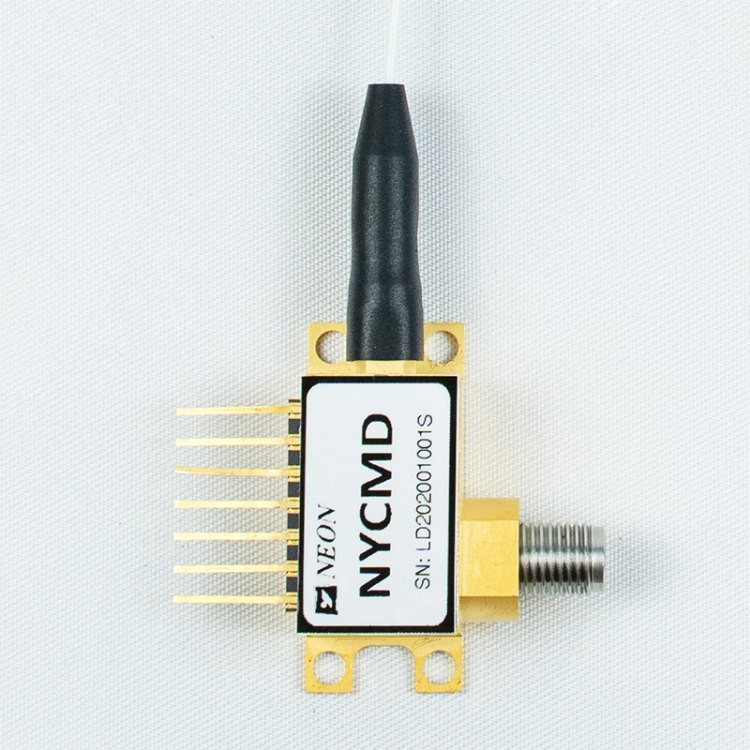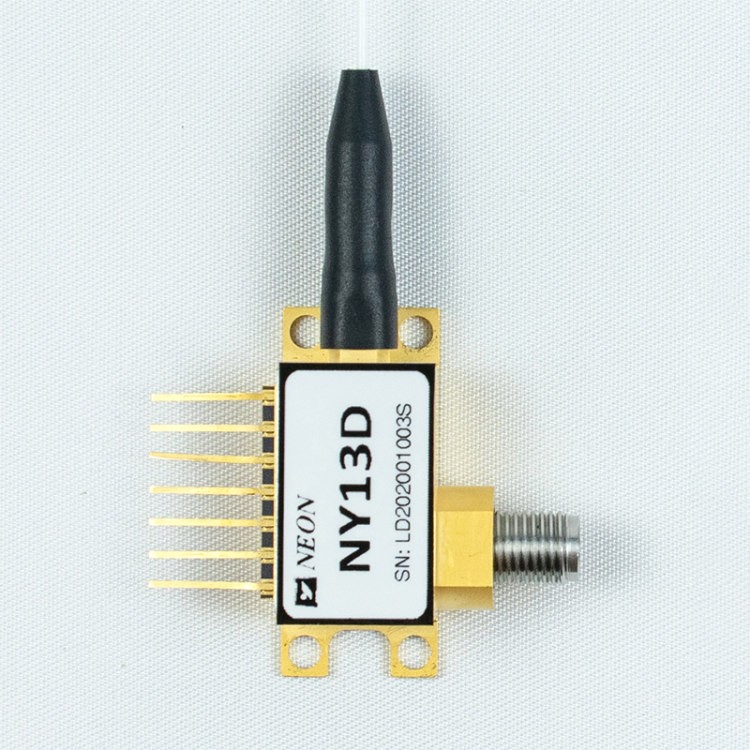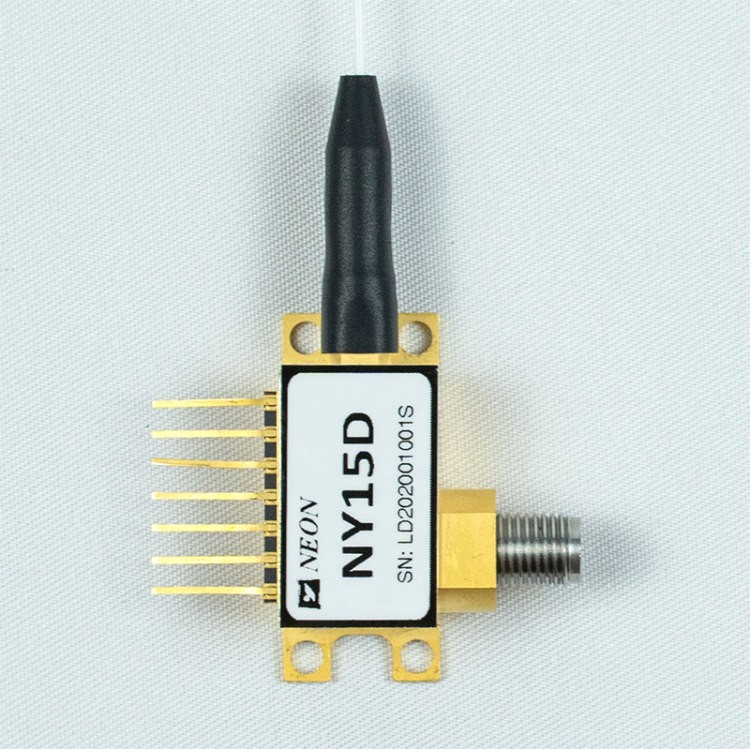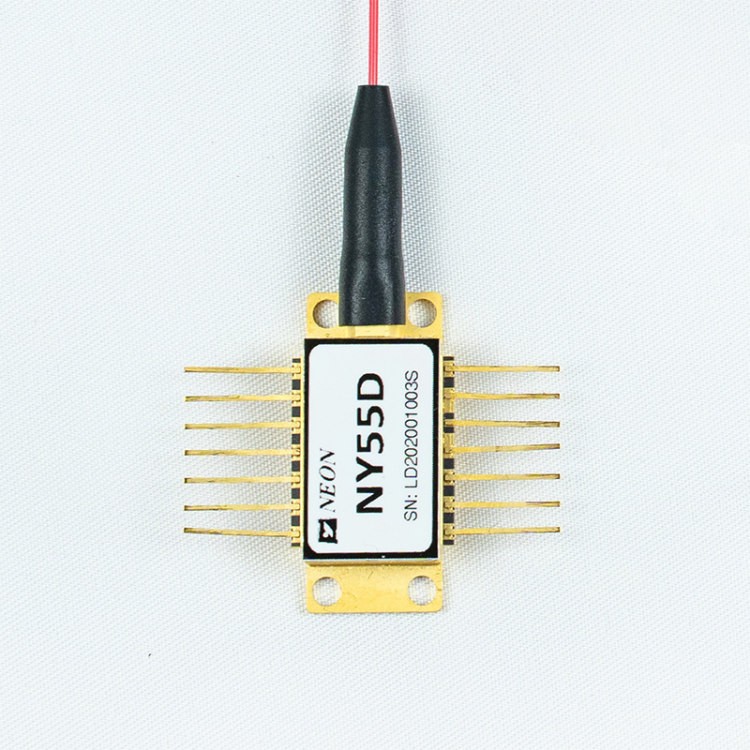Leveraging Distributed Feedback Lasers for Fiber Coupled Laser Diodes
The world of photonics has witnessed remarkable advancements in recent years, and among these, distributed feedback (DFB) lasers have emerged as a game-changer. DFB lasers, renowned for their narrow linewidth and single-mode operation, find an exciting application when combined with fiber coupled laser diodes. In this article, we delve into the principles, applications, and advantages of this synergistic pairing.
Principles of Distributed Feedback (DFB) Lasers
DFB lasers are a class of semiconductor lasers that owe their unique characteristics to the presence of a grating structure within the active region of the laser. This grating structure serves as a wavelength-selective element, allowing only a narrow range of wavelengths to be emitted. Unlike Fabry-Perot lasers, DFB lasers operate in a single longitudinal mode, resulting in a significantly narrower linewidth. This single-mode operation enables DFB lasers to produce high-quality, coherent light with excellent spectral purity.
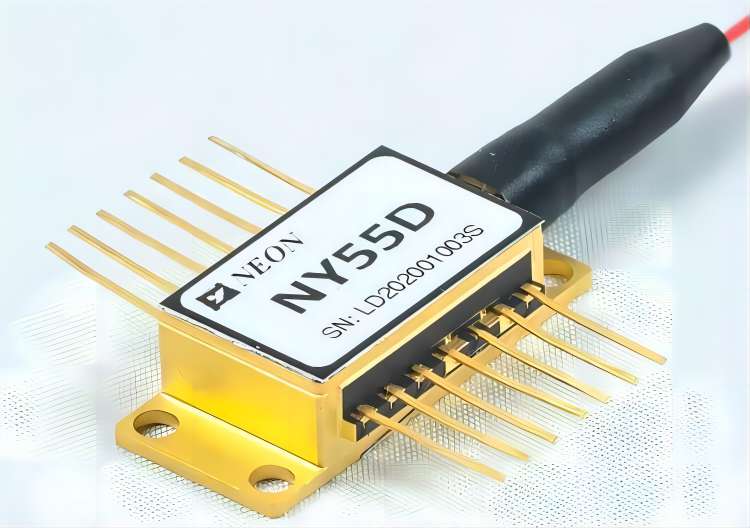
Fiber Coupling in Laser Diodes
Fiber coupling is the art of efficiently transferring light from a laser diode into an optical fiber. This process is of paramount importance in various applications where the collimation and directionality of light are crucial. Fiber coupling involves careful alignment and optimization of the coupling efficiency, ensuring that the maximum amount of light is coupled into the fiber core. Challenges such as mode matching, alignment sensitivity, and optical losses need to be addressed to achieve optimal coupling.
Application of DFB Lasers in Fiber Coupled Laser Diodes
- High-precision Sensing: The integration of DFB lasers with fiber coupled diodes has revolutionized high-precision sensing applications. In distributed temperature sensing, the coherent and narrow linewidth light from DFB lasers allows for accurate measurements of temperature variations along an optical fiber. This technology finds use in industries such as oil and gas, power distribution, and environmental monitoring. Similarly, DFB lasers enable precise gas sensing by offering the required spectral resolution to detect specific gas absorption lines. In structural health monitoring, strain sensing becomes more reliable with DFB lasers due to their stable wavelength output.
- Telecommunications: The telecommunications industry has greatly benefited from the marriage of DFB lasers and fiber coupled diodes. DFB lasers play a pivotal role in optical communication systems, ensuring high-speed data transmission with minimal signal distortion. In applications like fiber-to-the-home (FTTH), where data rates are escalating, DFB lasers provide the necessary spectral purity to maintain signal integrity over long distances.
- Medical Applications: The medical field has embraced the potential of DFB lasers coupled with optical fibers. In medical imaging and diagnostics, fiber coupled diodes equipped with DFB lasers offer precise light sources for techniques like fluorescence imaging and endoscopy. Photodynamic therapy, a technique that utilizes light to activate photosensitive drugs, benefits from DFB lasers due to their ability to provide the exact wavelengths required for the therapy.
- Lidar Systems: Automotive and environmental industries have harnessed the power of DFB lasers for Lidar (Light Detection and Ranging) systems. These systems rely on laser light to measure distances and create detailed 3D maps of surroundings. In automotive applications, DFB lasers enable enhanced object detection and collision avoidance, contributing to the advancement of autonomous driving technology. Lidar systems also find application in environmental monitoring, providing accurate data for activities like atmospheric profiling and vegetation mapping.
- Quantum Technologies: Quantum technologies are on the horizon of transforming various industries, and DFB lasers are playing their part. The integration of DFB lasers with quantum communication systems ensures reliable and secure transmission of quantum information. These lasers provide the required stability and coherence for quantum cryptography, making them an essential component in the development of quantum networks.
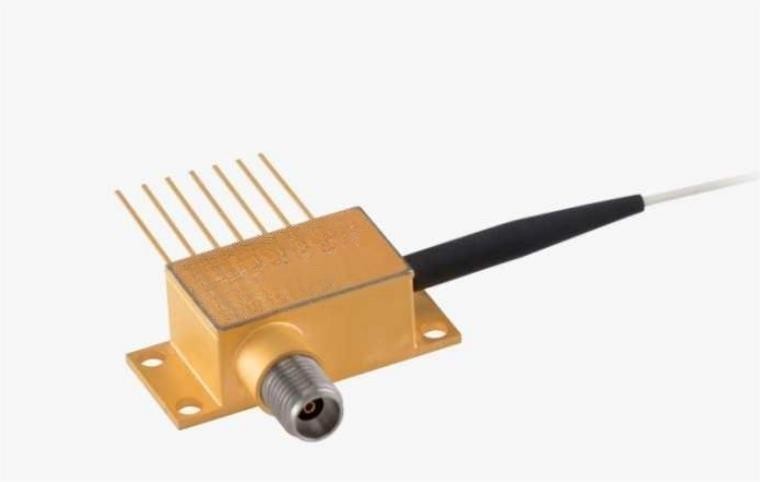
Advantages of Using DFB Lasers in Fiber Coupled Laser Diodes
DFB lasers bring a host of advantages when integrated with fiber coupled diodes. Their ability to emit light in a single longitudinal mode results in a narrow linewidth, which enhances spectral purity. This attribute is crucial in applications where precision and accuracy are paramount, such as sensing and telecommunications. Moreover, DFB lasers offer precise control over the emitted wavelength, ensuring compatibility with various optical systems. Their high output power and efficiency further contribute to their versatility and reliability.
Conclusion
The fusion of distributed feedback (DFB) lasers with fiber coupled diodes marks a pivotal moment in photonics technology. This partnership has fueled innovation across a myriad of industries, revolutionizing applications in sensing, telecommunications, medicine, automotive technology, and quantum technologies. The coherent, single-mode operation of DFB lasers, coupled with the collimation benefits of fiber coupling, has opened doors to new levels of precision, accuracy, and efficiency. As these technologies continue to evolve, the future holds even more exciting possibilities, driving progress and reshaping industries in profound ways.


